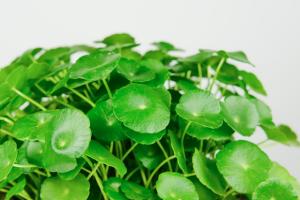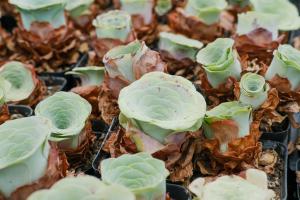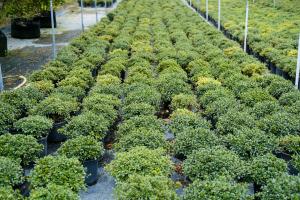Introduction
Plants are an essential part of our ecosystem and play a critical role in our lives. They provide us with food, oxygen, medicine, and contribute to the overall beauty of our environment. However, plants also have a unique challenge of surviving in environments where water is scarce. To overcome this problem, plants have evolved an intricate system of pores that help them lose water through a process called transpiration. In this article, we will explore what pores do plants lose water through.
What are Plant Pores?
Plant pores, also known as stomata, are tiny openings on the surface of leaves that allow for the exchange of gases and water vapor between the plant and its environment. The word "stomata" comes from the Greek word "stoma," which means "mouth." Each stoma is surrounded by two specialized cells called guard cells that regulate its opening and closing. The opening and closing of stomata are crucial for plant survival as it helps balance the water and gas exchange of the plant.
How do Plant Pores Help with Transpiration?
Transpiration is the process by which water is lost from the plant's leaves through evaporation. This process is critical for plant survival as it helps to cool the plant and maintain its water balance. Plant pores play a vital role in transpiration as they provide the surface area through which water can evaporate. When stomata are open, water vapor leaves the plant and enters the surrounding air. The process of transpiration helps to pull water up the plant from the roots to the leaves, strengthening the plant's stem and supporting its structure.
Factors that Affect Plant Pores
Plant pores are sensitive to various environmental factors that can affect their opening and closing. One of the most significant factors affecting stomata is light. Light stimulates the opening of stomata, which allows for gas exchange and transpiration to occur. Temperature is another critical factor that affects plant pores, as warmer temperatures increase the rate of transpiration. Humidity can also impact stomata as drier air causes water to evaporate more quickly from the plant, leading to an increase in transpiration. Finally, water availability is a crucial factor as it influences the plant's ability to regulate its water balance.
Conclusion
Plant pores are a critical component of the complex system that allows plants to survive and thrive in varying environments. Through the process of transpiration, plant pores help to regulate the water and gas exchange of the plant, maintain its structure, and keep it cool. Environmental factors such as light, temperature, humidity, and water availability can all affect the opening and closing of stomata, leading to changes in transpiration rates. Understanding how plant pores work and the factors that affect them is essential for plant growth and conservation efforts.

 how many times do yo...
how many times do yo... how many planted tre...
how many planted tre... how many pine trees ...
how many pine trees ... how many pecan trees...
how many pecan trees... how many plants comp...
how many plants comp... how many plants can ...
how many plants can ... how many plants and ...
how many plants and ... how many pepper plan...
how many pepper plan...






























